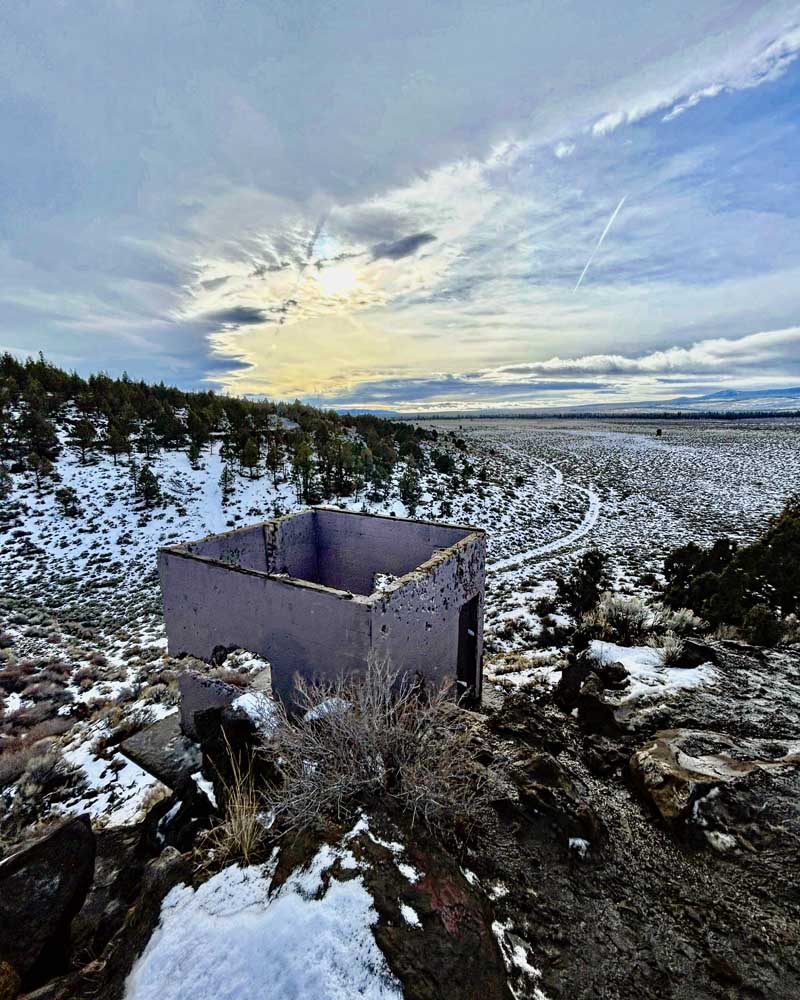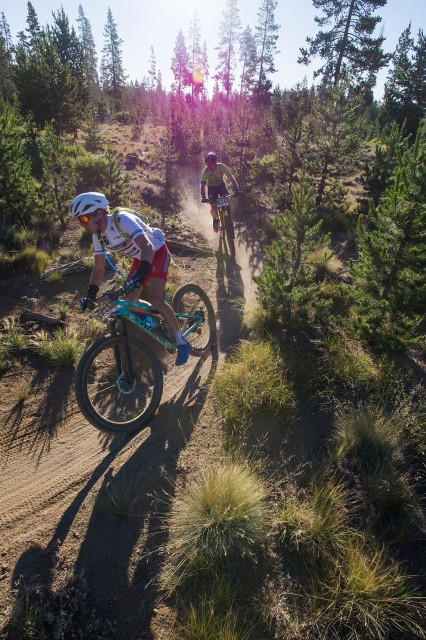Take a hike through time and modern ruins at Tumalo Dam
Published 4:00 am Friday, December 30, 2022

- The gatehouse and sprawling, snow-covered High Desert environs near Tumalo Dam, located west of Tumalo.
Much as we Central Oregonians love to admire our ancient lava flows, pre-Lewis and Clark ponderosa pines, and towering peaks formed before humans set foot in North America, our (comparatively brief) history of urban infrastructure can be just as fascinating.
That is why I spent the morning of Christmas Eve post-holing through five inches of snow in a red rock canyon, just beneath Tumalo Dam, which was both constructed and unceremoniously abandoned more than a century ago.
About 10 miles northwest of Bend and four miles west of Tumalo, the Tumalo Dam is a historic landmark. At one time, however, it served to create Bull Flat Reservoir, which was intended to irrigate tens of thousands of acres and bring a boom of agricultural prosperity to early 20th century settlers of the Tumalo region.
William Laidlaw, a Portland conman who took advantage of federal law that encouraged development of arid Western lands, lured hundreds to the area in 1904 with promises of 30,000 acres of irrigated farmland. But Bull Flat Reservoir’s porous base and low creek flows stymied these hopes. Schoolchildren walking by in 1915 reportedly heard the roar of a whirlpool draining the new body of water. More whirlpools followed despite attempts to dynamite (and clog) the first.
Ninety percent of the volume of the reservoir was swallowed through the porous lava rock, and local farmers were left destitute and angry. The erstwhile town of “Laidlaw” became “Tumalo,” and the community’s former namesake was hanged in effigy. Laidlaw had long-since skipped town to become a prosperous hotelier in San Diego.
Fast-forward 107 years, and what remains of the ambitious project is the skeleton of a gatehouse on the northwest edge of the rip rap dam, which is topped by Sisemore Road.
But for the failure of Bull Flat Reservoir’s engineers, we would not have access to this gorgeous canyon hike, lined with basalt cliffs and juniper trees. The trailhead is unmarked, and particularly difficult to spot with snow on the ground. A concrete flume — meant to channel water to various canals — bores under the dam and emerges at the canyon floor. As I scrambled down the north side of the dam, I aimed for the aqueduct’s mouth and continued north.
Even as 20 mph winds battered the gatehouse and the exposed reservoir above, the trail along the canyon floor was still and peaceful. While the land is owned by the Bureau of Land Management and the Tumalo Irrigation District, it skirts private property, which is marked in polite language.
While the trail proceeds for several miles, I lasted about three miles, out and back, before the effort of slogging through wet snow sent me fleeing to the comfort of a car heater. About 1.5 miles out, buried, circular tanks partially emerged from the snow. Some canals — now choked by sagebrush and juniper bushes — haunt the area and remind casual hikers of the region’s optimistic, ag-industrial past.
As a post-script to the hike, you can explore the rusty, dilapidated concrete gatehouse if you’re nimble and daring. Its windows peer out into the expanse of the site of the reservoir, now a broad and open sage brush plain. It’s difficult to imagine that, at one time, 400 men and more than 200 draft animals worked tirelessly to shuttle dirt and rock in the hopes of making Bull Flat Reservoir something other than a cautionary tale.
Getting there: Visitors from Bend can reach the dam by traveling north on Highway 20 and turning left on Couch Market Road until it intersects with Sisemore Road. Take a right, and it’s less than a mile to the dam. There is no official parking area, but Sisemore Road has numerous turn-offs, including some space for parking at Snow Creek Road and Sisemore Road, a few hundred feet northwest of the abandoned gatehouse.
As the private property signs suggest, treat the area with “love & respect,” pack out your trash and try to stick to the trail, such as it is. Laidlaw may have been a scoundrel, but that doesn’t mean us holiday hikers need to be.






